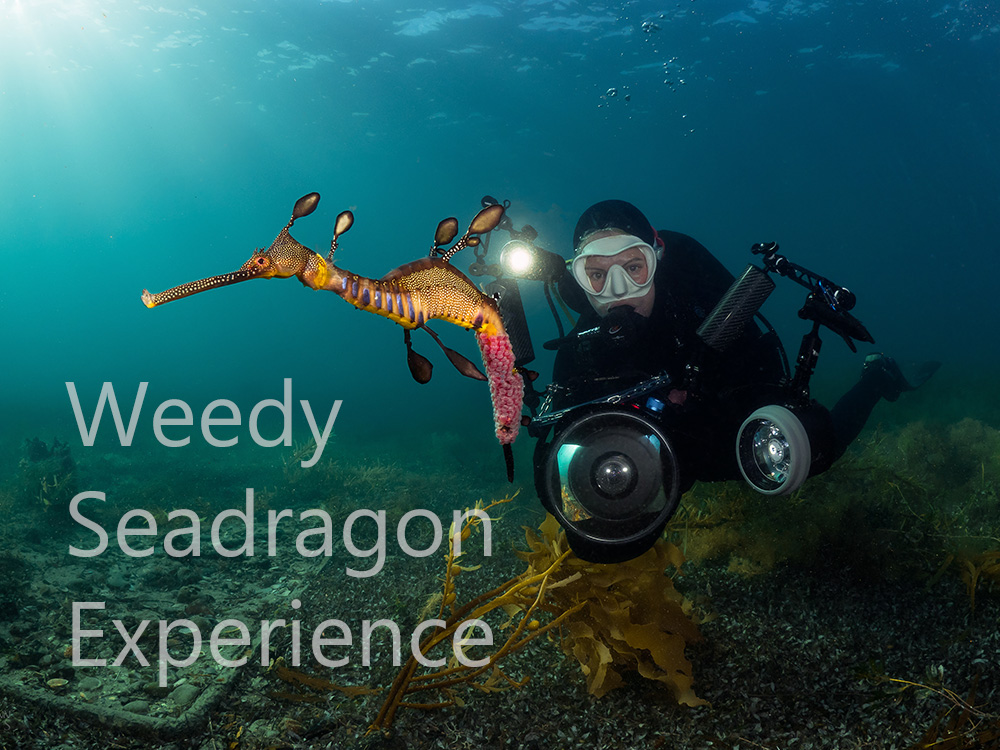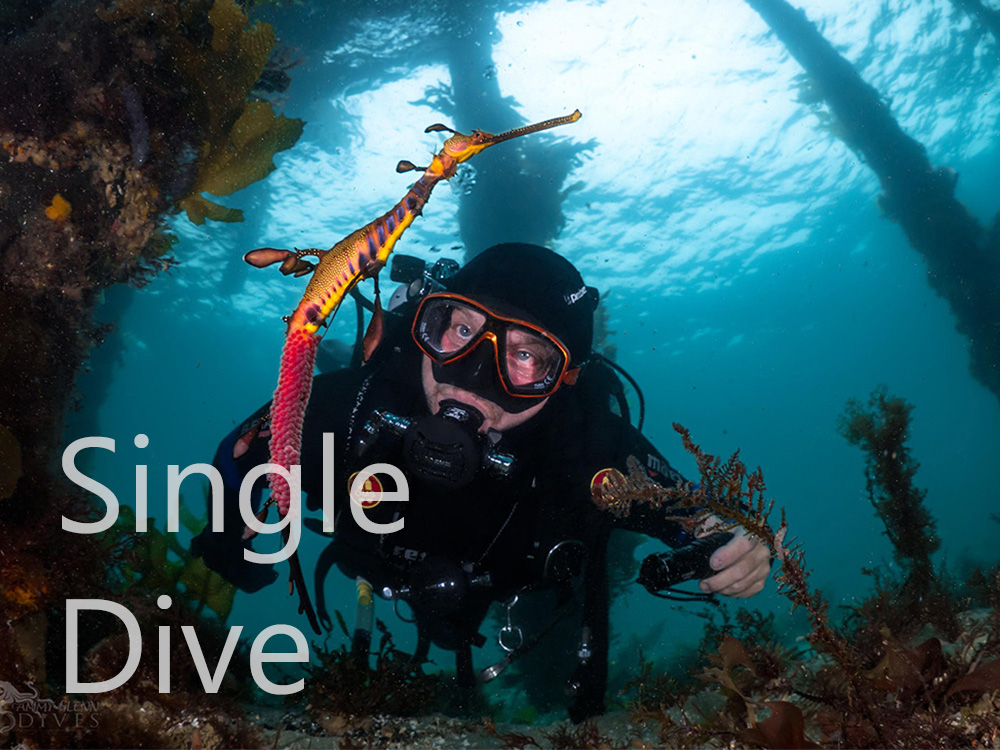Navigation
Dry Bags
Cylinders and BCD's are usually strapped into the well on the back of the kayak but all your other bits like fins, mask, instruments, food, water etc. will have to go elsewhere. Some kayaks have seal able hatches in the bow which are great for stowing gear and some just have a well or deck space with bungee or webbing straps. Either way, gear is best stored in containers to keep it organised and protected. Simple, tough and watertight. They're great for storing just about anything that will fit in them. These are available in a range of sizes from 0.5 ltr to a huge 117 ltr. These will fit through most hatches or can be secured to the deck.
Waterproof Cases
Lots of different shapes, sizes and colors. These are good for keys, phones, cameras, first aid kits or even food. Protect your personal possessions from the elements with a sturdy waterproof case.
Governor Reef
![]() Reef Dive |
Reef Dive | ![]() Boat access
Boat access
![]()
![]()
![]()
![]()
![]()
Depth: 1 m (3.28 ft) to 4 m (13 ft)
Level: Open Water and beyond.
Governor Reef is a natural subtidal reef offshore halfway between Indented Head and St Leonards in Port Phillip that is popular as a whiting and squid fishing spot. It's also a good site to go snorkelling from a boat. We've been told some adventurous types head out to Governor Reef for a shore dive or snorkel.
The southern side of Governor Reef has a prominent drop, while the northern side is pretty lifeless. The bulk of the interesting stuff is on top, which is very shallow. Don't ignore the warnings on the poles.
See WillyWeather (St Leonards) as a guide for the tide times and the height of the tide.
Traditional Owners — This dive site is in the traditional Country of the Wathaurong (Wadda-Warrung) people of the Kulin Nation. This truly ancient Country includes the coastline of Port Phillip, from the Werribee River in the north-east, the Bellarine Peninsula, and down to Cape Otway in the south-west. We wish to acknowledge the Wathaurong as Traditional Owners. We pay respect to their Ancestors and their Elders, past, present and emerging. We acknowledge Bunjil the Creator Spirit of this beautiful land, who travels as an eagle, and Waarn, who protects the waterways and travels as a crow, and thank them for continuing to watch over this Country today and beyond.
Governor Reef Location Map
Latitude: 38° 9.254′ S (38.154236° S / 38° 9′ 15.25″ S)
Longitude: 144° 43.651′ E (144.727521° E / 144° 43′ 39.08″ E)
Datum: WGS84 |
Google Map
Added: 2021-03-23 19:22:36 GMT, Last updated: 2022-03-22 17:07:29 GMT
Source: Google Earth
Nearest Neighbour: The Pipelines, Indented Head, 1,049 m, bearing 301°, WNW
Depth: 1 to 4 m.
[ Top ]
DISCLAIMER: No claim is made by The Scuba Doctor as to the accuracy of the dive site coordinates listed here. Should anyone decide to use these GPS marks to locate and dive on a site, they do so entirely at their own risk. Always verify against other sources.
The marks come from numerous sources including commercial operators, independent dive clubs, reference works, and active divers. Some are known to be accurate, while others may not be. Some GPS marks may even have come from maps using the AGD66 datum, and thus may need be converted to the WGS84 datum. To distinguish between the possible accuracy of the dive site marks, we've tried to give each mark a source of GPS, Google Earth, or unknown.
Copyright © 2005-2022 by The Scuba Doctor Australia, ABN 88 116 755 170. All rights reserved.
tel. +61 3 5985 1700 :: email. diveshop@scubadoctor.com.au :: Web site by it'sTechnical 2022



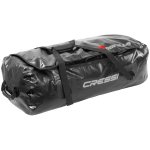
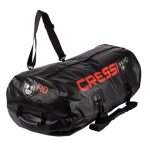
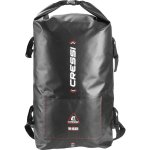

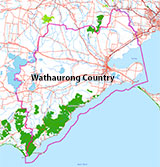









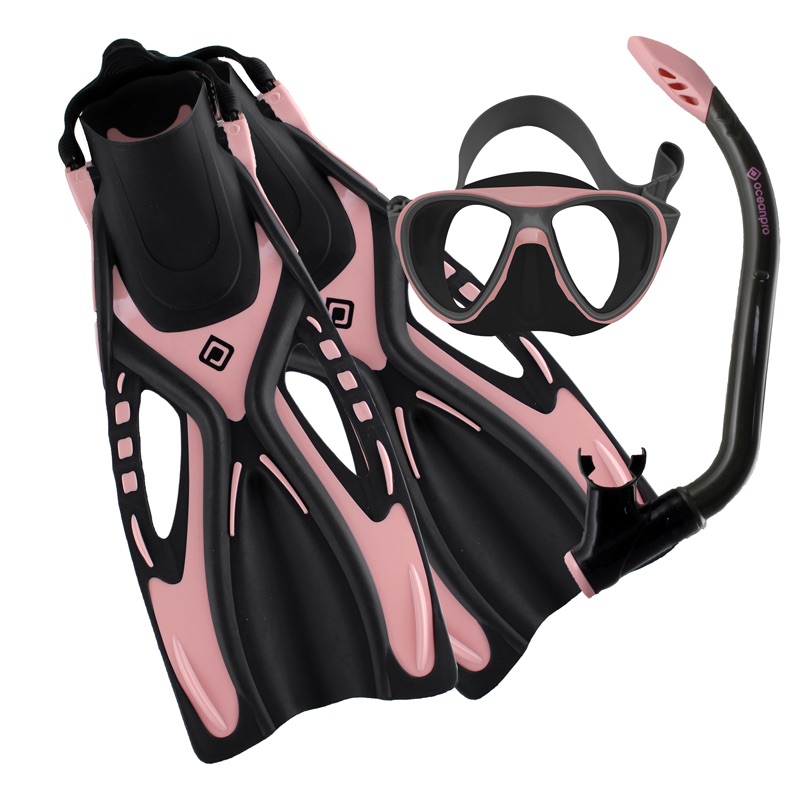
![Halcyon Infinity 30lb System [SS Small Backplate] Halcyon Infinity 30lb System [SS Small Backplate]](/diveshop/images/halcyon/Halcyon-Evolve-Wing.jpg)






